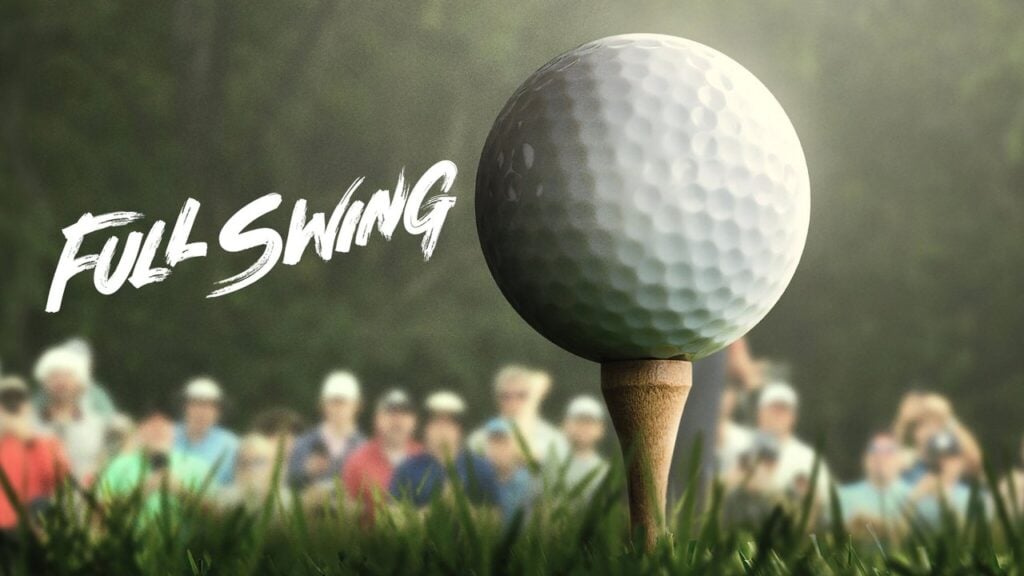By Tim Graves, PGA & Bob Ciminera
From: Bob
Many thanks to you (Paul Monahan), Tim, and James for an excellent AI School last week. The technical teaching and the constant encouragement were very motivating to me in my quest to improve my game.
To answer your questions:
1. My key insight was that Process = Freedom. Starting with the word Trust followed by the Big Ideas you listed above … gave me an immediate feeling of liberation as I worked on my game all the way through the short game school last week.
2. With respect to the Ryder Cup, I had the privilege of being invited by one of my suppliers, DP World, to be a live pectator over the weekend and flew from the Short game school to be there on Saturday. I spent about 5 hours at the match until I decided that was enough and watched the rest on TV!
My key insight was in alignment with what Tim said during the AAI school. There was more pressure at this event for these guys than any other event. The crowd was every bit as loud and rude as expected. Great shots by the US were cheered loudly but shots that on any other day would be excellent were heckled by the crowd as if they could do better.and that was for the home team. The reverse was true for the Europe team, bad shots were cheered and good shots …well … that quieted the crowd. Creating an ironic motivation for the away team !. Of course that did not shut up some of the more vocal, and drunk participants which I mostly spared myself of by leaving at 230PM. The only saving grace perhaps was that the cheapest beer was $16.
It was clear that the Europeans as a group were better prepared to deal with that. It seemed that the US preparation had the effect of increasing pressure on the team and ultimately overwhelmed whatever processes they had as they got up to make a shot. There were many examples of this, the most obvious one was the missed birdie putt on Sunday that was left short for the match.
Viktor Hovland provided one of my favorite quotes from an interview before the match which exemplifies the learnings from the AAI school: When asked how he felt about the hecking at the match, he said “There’s going to be some comments here and there. They won’t really come close to the thoughts in my own head.”
I felt bad for Viktor Hovland that he had to withdraw especially in light of Tim’s connection but at least he contributed to a winning Ryder cup team.
Finally, I would love to see Tim and you do a podcast with your insights on the match similar to what you did for the Masters.
Thank you again for a wonderful program. I had high expectations and you, Tim, and James and the Graves team exceeded them.
Very much appreciated!
Best regards,
Bob Ciminera, AAI (Mental Game School) Alumnus




